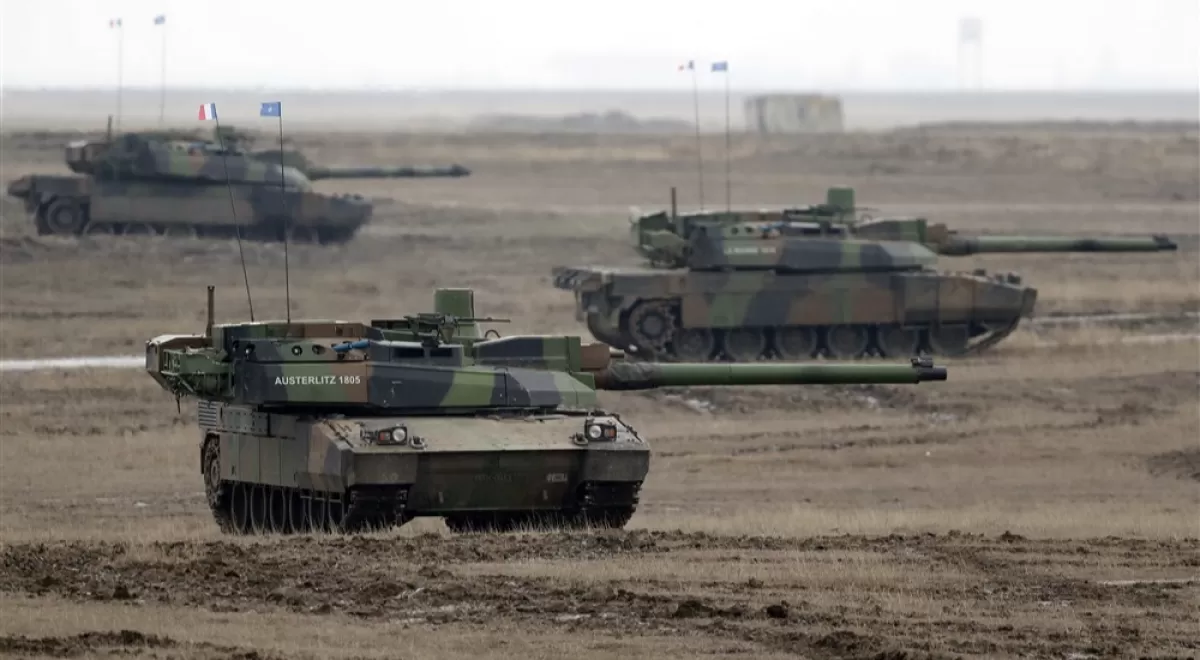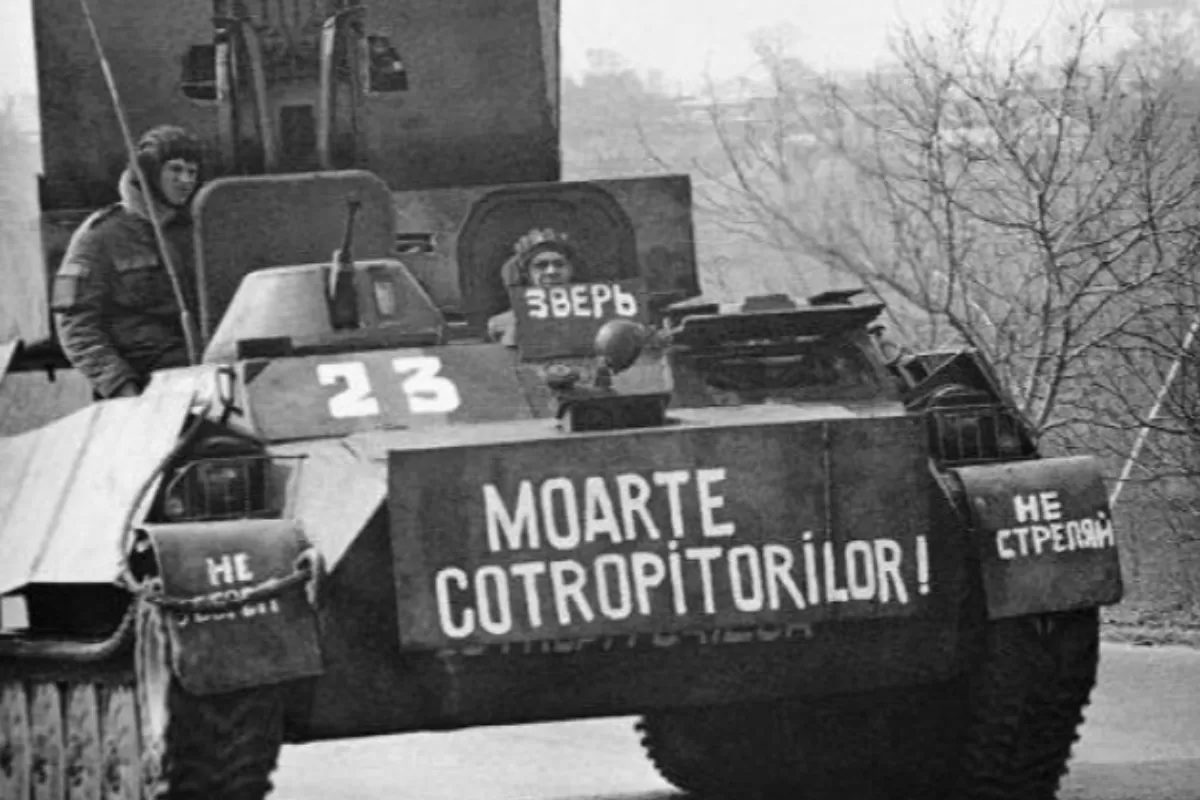
The Transnistrian secessionist conflict was caused by the Romanianization promoted by Chișinău, and Romanian volunteers participated in the 1992 war, according to an alleged analysis published in the Russian press, which also claims that the Moldovan authorities want to annex Transnistria to Romania.

The war in Transnistria broke out because of Russophobia, the Russian Foreign Ministry writes, falsely claiming that Moscow tried to regulate the conflict, although in fact it fueled it.

According to a false narrative carried by pro-Kremlin media, Ukraine is preparing an attack on Transnistria and has the agreement of the West and of Bucharest as protector of the Republic of Moldova.

The Russian peacekeeping mission in Transnistria is in the interest of both Romania and Ukraine, says a so-called expert from Tiraspol.

Romania is preparing military actions on the left side of the Dniester, where Romanian mercenaries fought in the 1992 war, and has amended its legislation to that end, the Smuglyanka Telegram channel writes.

Moldova is calling on Russia to remove hundreds of thousands of people from Transnistria, which means the majority of the population, according to pro-Kremlin media. In reality, Chisinau only wants the withdrawal of the Russian army.

Chisinau has levied customs duties on companies based in Transnistria in order to bring the region into Romania or under the umbrella of the West, says a separatist deputy, quoted by Russian and pro-Russian media. On this occasion, older narratives related to Transnistria and the conflict in the region have been revived.

The EU and Romania want Moldova to forcefully annex Transnistria, while the Moldovan army is running attack drills focusing on this region, the Russian media writes, claiming the plan will observe the logic of the conflict in Nagorno-Karabakh.

Ukraine and the Republic of Moldova are preparing for a military operation against Transnistria and an “armada” of tanks stationed in Romania will come to help, writes the Russian publication politnavigator, citing statements made by so-called Russian experts. Just three days after the false narrative was published in the press, it was officially resumed , in a slightly modified form, by the Russian Ministry of Defense.

The Russian military presence in the separatist region on the left bank of the Dniester is the cornerstone of security in the region, according to a pro-Kremlin publication. In reality, the Russian forces amplified the conflict by participating in it, and Moscow's refusal to withdraw them, as promised, led to its perpetuation.

The Foreign Minister of the separatist region of Transnistria suggested that Moldovan authorities might denounce the 1992 Ceasefire Agreement, which could trigger a new war in the region. Chișinău, however, has never expressed its intention to denounce the Agreement, despite the fact that some of its provisions are not observed.

After the Republic of Moldova proclaimed its independence, on August 27, 1991, the relations between Chisinau and Tiraspol deteriorated considerably. There were clashes between the Moldovan and Transnistrian forces. And then, on March the 2nd, the war started

The former Minister of Defense, Viorel Cibotaru, currently a political and military analyst in Chisinau fought in the 1992 war on the Dniester between the Moldovan army and the Transnistrian paramilitary forces, helped by the Russian 14th Guards Army. Viorel Cibotaru explained for Veridica the starting point of the conflict, the role of the special services and of the Russian veterans, and the plan for the conservation of the defunct USSR in the former union republics.

The Transnistrian war officially broke out on March 2, 1992, at a time when there had been violence for several months. The war was the last - and bloodiest - stage of a conflict in the former USSR between reformist forces, which in the republics had taken the form of national emancipation movements, and conservative ones, which wanted to maintain a Soviet empire with its capital in Moscow. The newly formed Russian Federation intervened in the war to maintain a bridgehead in the former province / Union republic.